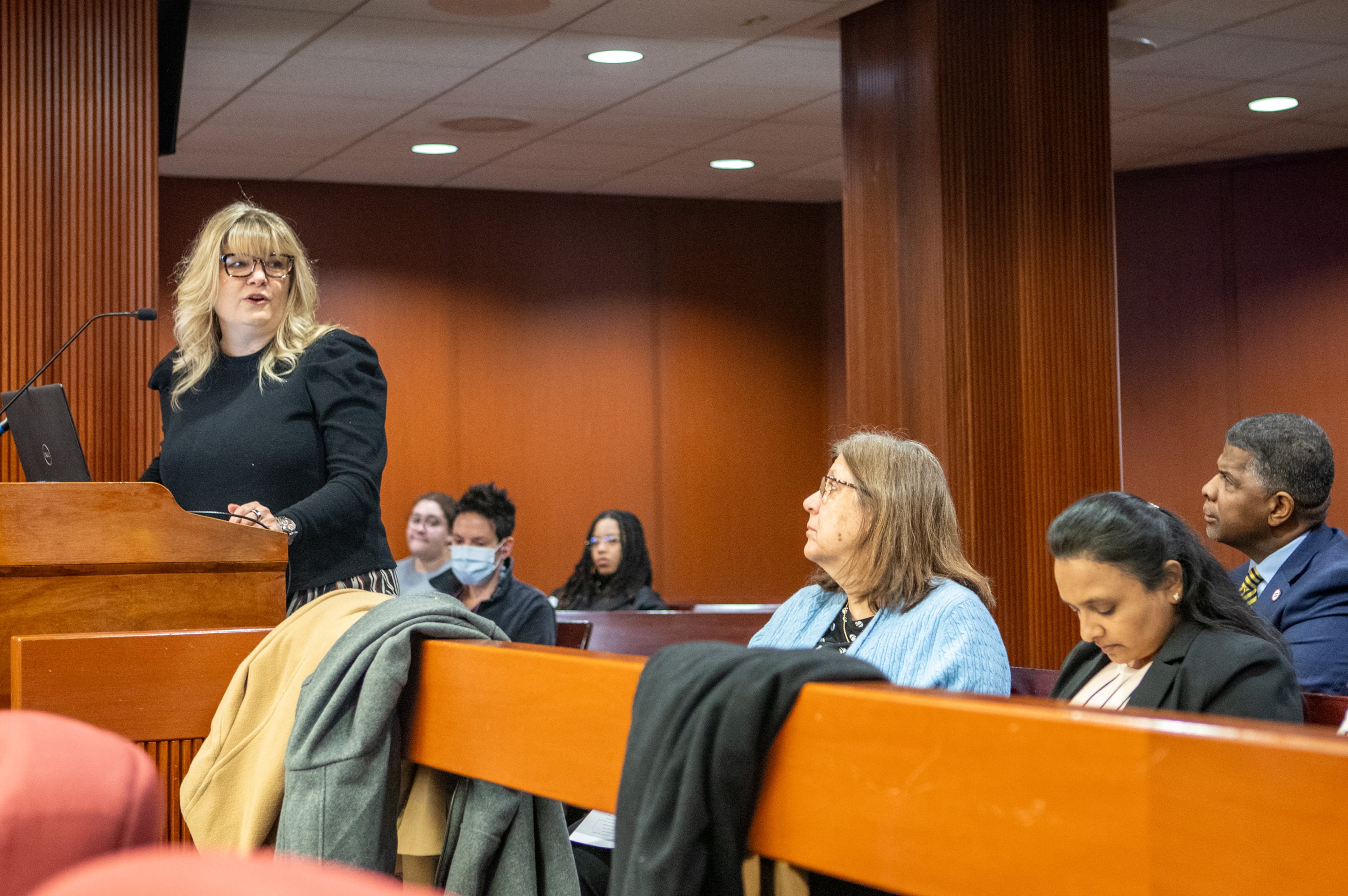OPINION: Metro Atlanta is still very segregated. That’s a problem for everyone

Metro Atlanta is rightfully known for its rich diversity, but a closer look reveals a difficult truth: This is one of the most segregated regions in the United States.
It may not be obvious when you go to a big department store, a concert or a restaurant. But when you drive through our neighborhoods, the segregation is plain as day. And the data confirm this. According to the Divergence Index, developed by the Othering and Belonging Institute at the University of California, Berkeley, Atlanta is the 10th most segregated metro region in the country.
Certainly, we are not alone: Segregation is getting worse throughout the U.S. and nowhere is that seen more clearly than in our public schools. The 1954 Brown v. Board of Education ruling fostered a period of integration in U.S. public schools but, 70 years later, much of that progress is lost. Research shows our schools are more segregated today than they were 30 years ago, reflecting the deepening divides in our neighborhoods.
As a metro Atlanta resident, a former teacher and an education researcher, I’ve watched this resegregation unfold. I understand this is a crisis for our children and the impacts ripple far beyond the classroom. My focus now is on how we can turn things around, because the stakes are high: The evidence shows segregated schools hurt Black and Brown children, while integrated schools benefit all.

For instance, schools that have a student population that is more than 90% nonwhite tend to have fewer resources, more teacher shortages and higher student-to-school counselor ratios.
But when schools are integrated, data show that students have higher test scores, are less likely to drop out and are more likely to attend college. In fact, when Black children are raised in integrated neighborhoods, they earn nearly $1,000 more a year as adults (and that jumps to $4,000 per year if they are raised in predominantly white neighborhoods). Integrated schools and classrooms also tend to foster more productivity and creativity, and better prepare students of all races and socioeconomic statuses to succeed in the 21st century.
The issue is larger than education and to solve it we need action beyond the school system. We must involve many sectors of society, including transportation, the workforce, social services and housing. For instance, there is research that shows that housing integration efforts may be one of the most powerful ways to improve student outcomes and narrow achievement gaps.
In short, if we want to improve our schools, we must also address the underlying segregation in our communities. While there isn’t a one-size-fits-all solution, we know there are proven strategies that work. Policymakers, practitioners and the public have the tools to integrate our schools and neighborhoods — but it will take bold action.
On Tuesday, the American Institutes for Research, where I work, will host a wide-ranging conversation in Atlanta about the importance of integration and promising approaches that are already making a difference. We chose Atlanta for this event because this city and this region have never been afraid to take bold action to foster innovative solutions to long-standing challenges.
The time to act is now. Atlanta has the potential to be a national model, showing how integrated communities and schools can pave the way for a better, more equitable future.
Terris Raiford Ross of Peachtree Corners is managing director of the AIR Equity Initiative and leads its work in improving education and economic opportunity. A former teacher, she has previously served in key roles at Leadership for Educational Equity, the U.S. Department of Education, Henry County Public Schools and the Georgia Department of Education.


